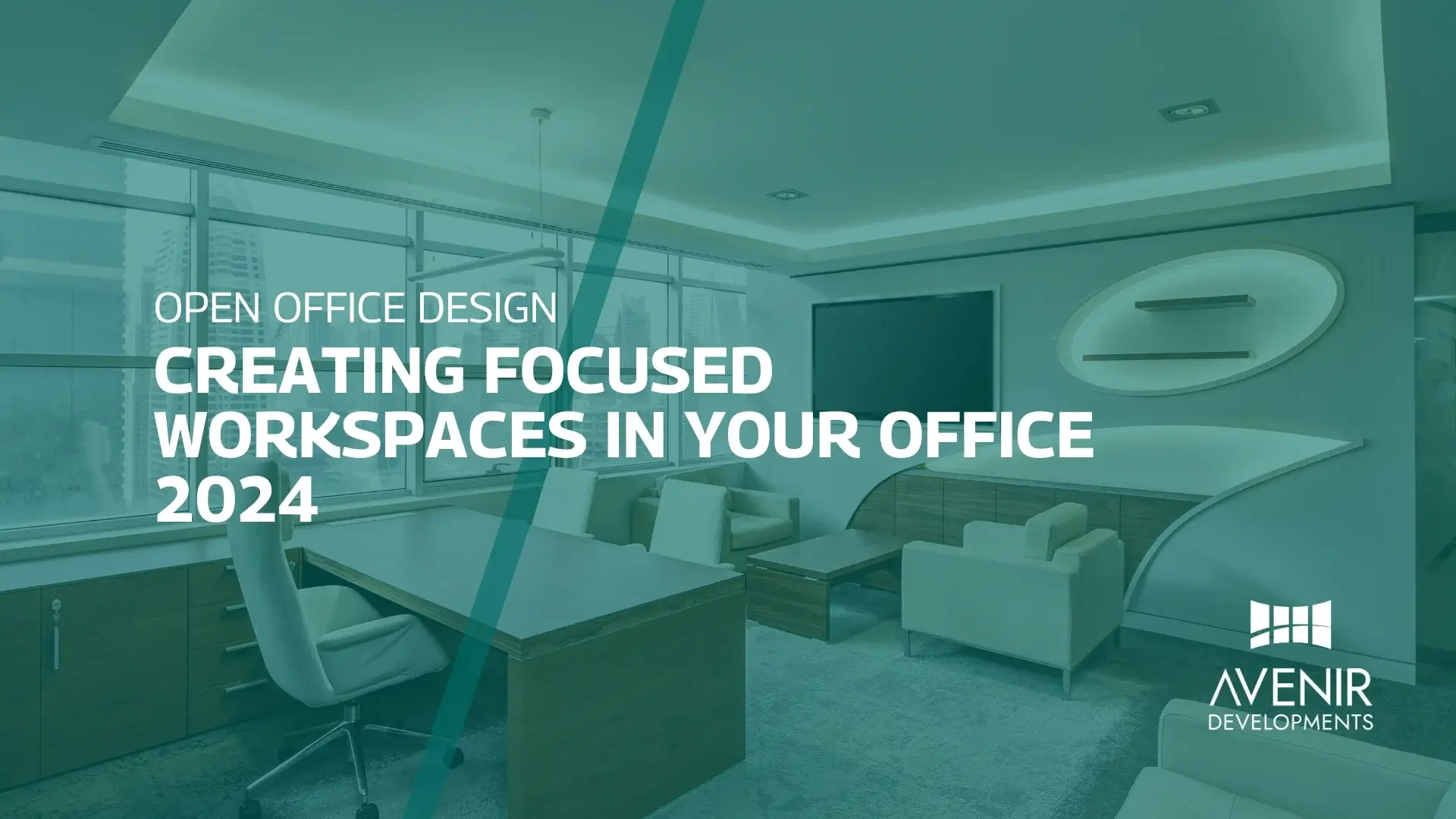Interior Design, Architecture, Residential, Residential Apartments
Biophilia is the innate human connection to nature and other living organisms. Aspects of Biophilia was popularized by biologist E.O. Wilson in his 1984 book of the same name, where he argued that humans have an instinctive desire to connect with the natural world. Biophilia has since become an important concept in architecture and interior design, as designers seek to create spaces that promote health and wellbeing by connecting people with nature. In this blog post, we will explore seven key aspects of biophilia.
Evolutionary roots
Humans have spent the majority of our existence as hunter-gatherers in natural environments. As a result, we have an innate connection to the natural world that has been shaped by our evolutionary history. Biophilia is rooted in this evolutionary past and reflects our deep-seated desire to connect with nature.
Health benefits
Studies have shown that exposure to nature can have a range of health benefits, including reduced stress levels, improved cognitive function, and better mental health. Biophilic design seeks to incorporate elements of nature into indoor environments to provide these health benefits.
Elements of biophilic design
Biophilic design incorporates a range of elements that connect people with nature. These can include natural materials such as wood and stone, plants and greenery, and natural light. Water features, such as fountains or ponds, can also be used to create a calming and soothing environment.
Biophilic design in architecture
Biophilic design can be applied to a range of architectural styles, from modern and minimalist to traditional and rustic. In all cases, the goal is to create a space that promotes health and wellbeing by connecting people with nature. Architects can incorporate natural materials, create indoor gardens or green walls, and use natural light to create a more inviting and calming space.
Biophilic design in interior design
Biophilic design can also be applied to interior design. Designers can incorporate natural materials into furniture and decor, create indoor gardens or living walls, and use natural light to create a more inviting and calming space. Indoor plants are a popular element of biophilic design, as they provide a connection to nature and can improve air quality.
Biophilic design in the workplace
Biophilic design is increasingly being used in the workplace to create healthier and more productive environments. Studies have shown that incorporating biophilic elements into office design can reduce stress levels, improve creativity, and increase productivity. Employers are also recognizing the value of providing access to nature, such as outdoor spaces or views of greenery, as a way to promote employee wellbeing.
Biophilia and sustainability
Biophilia is closely connected to sustainability, as it seeks to create environments that are healthier for people and the planet. By incorporating natural materials and elements into design, we can reduce the environmental impact of buildings and create spaces that are more energy-efficient and sustainable. Biophilic design also encourages a deeper appreciation and connection to nature, which can inspire individuals to live more sustainably.
Conclusion
In conclusion, biophilia is a powerful concept that has the potential to transform the way we design and inhabit spaces. By incorporating elements of nature into our indoor environments, we can promote health, wellbeing, and sustainability. As our lives become increasingly urban and disconnected from nature, biophilic design offers a way to reconnect with our evolutionary past and promote a more harmonious relationship with the natural world.
#NORAResidences #AvenirDevelopments #AvenirMeansFuture #Apartments #Biophilia #NatureInspiredDesign #SustainableArchitecture #GreenBuilding #HealthyLiving #EcoFriendly #InteriorDesign







